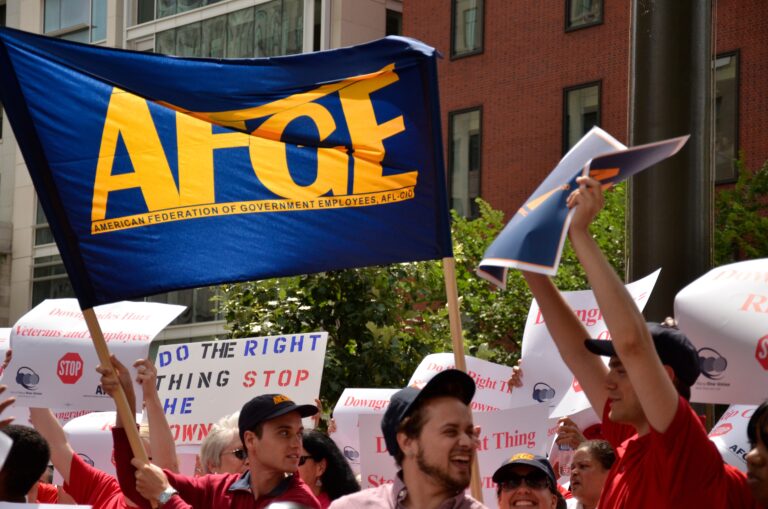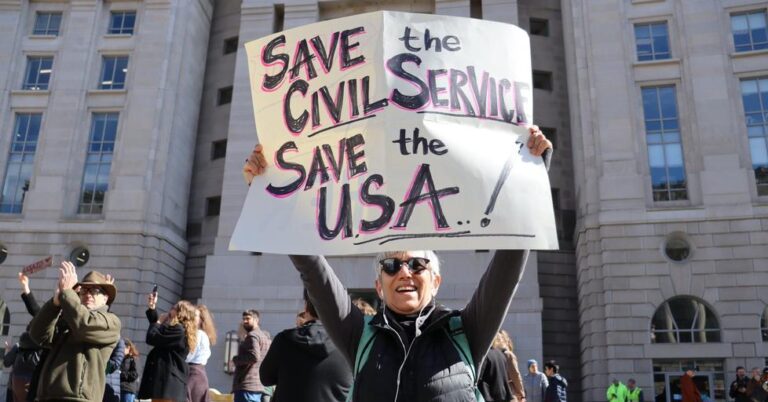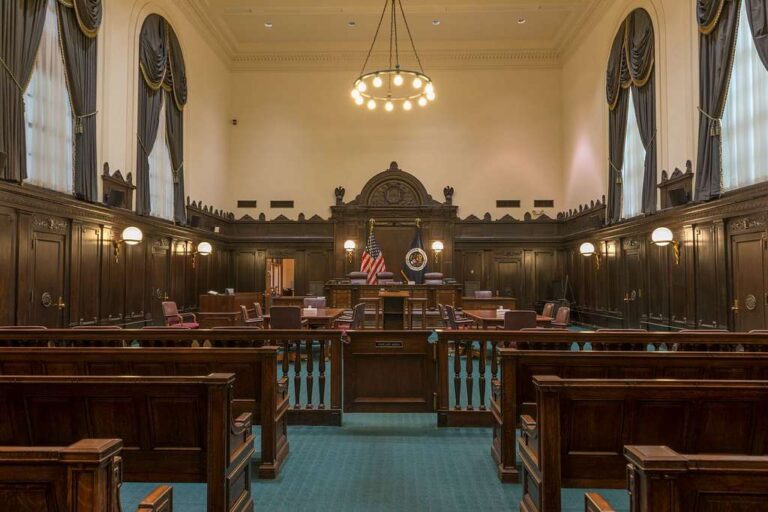Jon Weinberg is a student at Harvard Law School.
As employment misclassification suits involving the gig economy continue to proliferate, a new decision by a National Labor Relations Board Regional Director might have significant implications for the definition of employee under the National Labor Relations Act. The finding, in AAA Transportation/Yellow Cab (Tucson Hacks Association), that taxi drivers were statutory employees, represents an extension of labor law’s protection that might reach those operating in the gig economy. The decision can be read in its entirety here.
Regional Director Cornele A. Overstreet found in October that taxi drivers attempting to unionize in Tucson, Arizona were employees within the meaning of Section 2(3) of the National Labor Relations Act, prompting a representation election on November 17th. Overstreet began his analysis by considering NLRB case law on distinguishing between employees and independent contractors. In addition to traditional factors from the Restatement of Agency (such as control), the NLRB clarified in FedEx Home Delivery, Inc. that it “considers one additional factor, whether the one employed has actual entrepreneurial opportunity for loss or gain, in assessing whether an individual is an independent contractor.” Overstreet clarified that “in considering this factor, the question is not whether employees have a merely theoretical opportunity for loss or gain, but whether that opportunity is real and feasible” and that the opportunity must extend to most individuals in the bargaining unit. He then applied the 11 non-exclusive factors and concluded that the taxi drivers in question were in fact employees.
With respect to the extent of company control (the first factor considered), Overstreet found important that while drivers nominally pay fixed lease rates irrespective of earnings, in practice the company took measures that had the effect of creating a correlation between driver revenue and company revenue. In particular, the company adjusted lease rates and meter rates to control the number of vehicles in operation. Overstreet also cited economic realities that limited the flexibility of driver hours, noting that to cover fees drivers had to work 60 to 119 hours a week for average pay ranging from $40 to $140 per day, as well as the fact that most drivers leased vehicles on a weekly basis and paid the company on site daily. Finally, he cited how the company tracked driver locations, metered trips and credit card payments. In effect, drivers were dependent on the company’s dispatch system which mandated drivers accept or reject trips assigned to them without knowing the length of trip or method of payment beforehand. Furthermore, drivers who attempted to work independently of the dispatch system were terminated, and hours and rules made it further futile for drivers to use vehicles independently. On balance, Overstreet found that the extent of control exercised by the company favored a finding of employment status. Such an application of the “control” factor has obvious parallels to that offered by Professor Sachs and Judge Chen in the Uber context.
Other factors were also found to support a finding of employment status. Overstreet concluded that drivers were not engaged in a distinct occupation or business since the company held itself out as a taxicab company and drivers operated taxicabs in the name of the company. He also found the level of direction by the company was significant, as despite the lack of impractical in-vehicle personal supervision the company used its dispatch system to restrict the information provided drivers such that trips were in effect assigned. Next, Overstreet determined there was limited skill required to work as a driver and very limited training provided. Since drivers did not own their vehicles, meters, the facility from which they operated or the dispatch system, the company provided instrumentalities, tools, and place of work. The length of employment was also found to support employment status, as there was a strong economic incentive for drivers to lease on a weekly basis. Drivers engaged in the regular business of the company, providing taxicab services marketed by the company to the public that were the very core of its business. Drivers were also found to primarily engage in the principal’s business, since in practice they were constrained from using vehicles for other purposes by the company’s advertising limitations and lease rates. As Professor Sachs conveyed to Steven Greenhouse, Uber drivers are similarly constrained with respect to advertising (thus primarily engaged in the principal’s business) and their inability to select trips (thus subject to the principal’s direction).
Furthermore, Overstreet found that the company’s method of payment of drivers favored a finding of employee status, as in practice drivers almost always charged the meter rate and obtained calls through the dispatch system. Payment for voucher calls was directly controlled by the company, and the company used a security deposit / payment plan system in an attempt to normalize weekly net driver income. In effect, Overstreet concluded that the company’s establishment of a regulated and controlled rate of driver pay and customer charges outweighed the fact that it did not provide fringe benefits or withhold taxes from driver pay.
Notably, Overstreet found the parties’ understanding of the relationship to be inconclusive. While leases and orientation materials made it clear the company considered drivers to be independent contractors, they were unilaterally set by the company. Driver testimony and support of the union representation petition indicated some drivers considered themselves employees.
Finally, Overstreet found with respect to entrepreneurial opportunity that drivers had “a theoretical but not actual opportunity for entrepreneurial loss or gain,” supporting his finding of employment status. He cited limitations on the ability of drivers to sell, transfer, assign or sublet leases. Since drivers had to work long hours to afford their leases, they effectively could not work for other companies, and the company’s practices dis-incentivized short leases and limited opportunities of drivers to market themselves to the public. Overstreet also found important the drivers’ reliance on the dispatch system for business and their lack of input regarding important business decisions. Here again, a comparison to Uber is in order; as Professor Sachs noted, Uber’s take-rate structure could be seen as reducing a driver’s entrepreneurial opportunity.
In finding the taxi drivers to be employees within the meaning of the NLRA, Overstreet directed an election on representation by secret ballot. That election was held, but as of this writing the ballots are impounded pending an appeal by the company. If Overstreet’s application of NLRB case law is upheld, the repercussions could extend far beyond Tucson.






Daily News & Commentary
Start your day with our roundup of the latest labor developments. See all
December 4
Unionized journalists win arbitration concerning AI, Starbucks challenges two NLRB rulings in the Fifth Circuit, and Philadelphia transit workers resume contract negotiations.
December 3
The Trump administration seeks to appeal a federal judge’s order that protects the CBAs of employees within the federal workforce; the U.S. Department of Labor launches an initiative to investigate violations of the H-1B visa program; and a union files a petition to form a bargaining unit for employees at the Met.
December 2
Fourth Circuit rejects broad reading of NLRA’s managerial exception; OPM cancels reduced tuition program for federal employees; Starbucks will pay $39 million for violating New York City’s Fair Workweek law; Mamdani and Sanders join striking baristas outside a Brooklyn Starbucks.
December 1
California farmworkers defend state labor law, cities consider requiring companies to hire delivery drivers, Supreme Court takes FAA last-mile drivers case.
November 30
In today’s news and commentary, the MSPB issues its first precedential ruling since regaining a quorum; Amazon workers lead strikes and demonstrations in multiple countries; and Starbucks workers expand their indefinite strike to additional locations. Last week, the Merit Systems Protection Board (MSPB) released its first precedential decision in eight months. The MSPB had been […]
November 28
Lawsuit against EEOC for failure to investigate disparate-impact claims dismissed; DHS to end TPS for Haiti; Appeal of Cemex decision in Ninth Circuit may soon resume